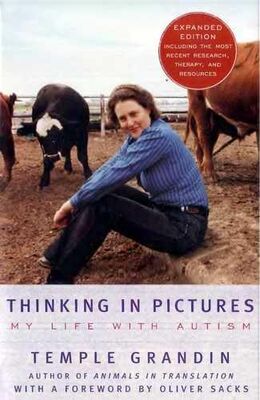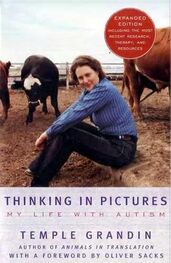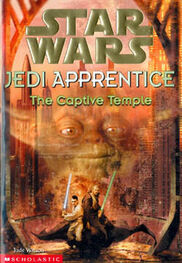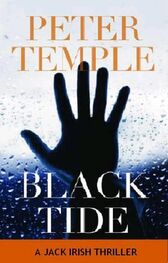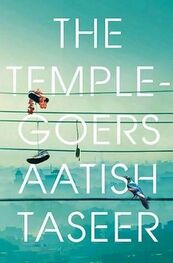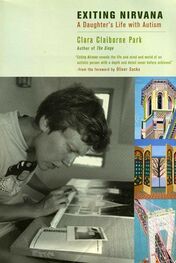Emphasize Positive Teachings
The autism/Asperger's mind often has a tendency to get obsessed with the negative. Teach the autistic child positive religious values. Instruct the child to live a good life where others are treated with kindness and respect. Use examples where the child participates in an activity. Elementary children could help pick up trash in the neighborhood. During the holidays they could make cards and decorations for people in a nursing home. They must be taught that they should do things to make the community a better place. High school students could help teach younger children to read or paint an old lady's house. Abstract religious concepts will not be understood by many individuals on the spectrum. It is better to teach them how to be good citizens through a series of hands-on activities. Through many examples, children on the autism/Asperger's spectrum need to learn the «Golden Rule.» In modern English it states, treat other people the way you would like to be treated. This principle is in all major religions.
One good teaching tool for Christians are key chains and necklaces that say, «What would Jesus do?» if he lived in today's world. He would never steal, he would be polite, he would be kind to animals, he would be honest, he would never tease, and he would help an old lady with her grocery bags. When the child does something nice, tell him, you did a Jesus good deed. In Judaism, how a person lives their life is very important. Teach children the importance of doing good deeds to help the community. In the Muslim faith, giving alms to the poor and helping people in need is one of the pillars of Islam. Get children to help in a soup kitchen or have them use some of their own money to buy food or clothing for a person in need. Some children with autism have difficulty understanding the purpose of money. To help them learn, they need to purchase the items for the poor themselves from money they have earned doing chores.
Another old-fashioned set of values that I could relate to were things like the scouting code, the 4-H pledge, and the «Rules of Living» from Roy Rogers, a children's cowboy hero in the 1950s. His rules emphasized politeness and kindness. You should drill into a young child's brain that acts such as killing or hurting other people is totally wrong. The two most important rules in the Ten Commandments for an individual on the spectrum are thou shalt not kill and thou shalt not steal. This will help prevent a child from becoming involved in gangs or other criminal activity.
I am concerned about religious obsessions especially in high-functioning autism and Asperger's. One of the most dangerous, unhealthy obsessions is the view that people from other religions are evil or bad. The worst wars in all of history have been fought between people in the name of religion. It is much better for a person on the spectrum to be obsessed with computers or sports statistics than to be obsessed with religion in a negative way. They need to be taught to live for their religion by being a good person. When I was in high school, I received a brochure from a cattle chute company that said, «thoughts with no price tags.» «Men will wrangle for religion, write for it, fight for it, die for it, anything but live for it.» I never forgot that quote.
References and Selected Readings
Chapter 1 Thinking in Pictures: Autism and Visual Thought
References
C. Biever 2005 New Scientist, Lots of clues but no answers. May 14, pp. 14–15
M. Chase 1993 Wall Street Journal Inner music, imagination may play role in how the brain learns muscle control. Oct. 13 pp. 1–8
E. Courchesne 2004 Brain development in autism: Early overgrowth followed by premature arrest of growth. Mental Retardation and Developmental Disabilities Research Reviews, 10: 106–111
E. Courchesne, E. Redcay, Kennedy D. P. 2004 The autistic brain: Birth through adulthood, Current Opinion in Neurology 17: 489–496
Farah M. J. 1989 The neural basis of mental imagery. Trends in Neuroscience 12: 395–399
Freedman D. J. M. Riesenhuber, T. Poggio, Miller E. K. 2001 Categorical representation of visual stimuli in the primate prefrontal cortex, Science 291: 312–315
Galton F 1911 Inquiries into human faculty and development. Dutton, New York
M. Glurfa, S. Zhang, A. Jenett, R. Menzel, Mandyam V. S. 2001 The concepts of sameness and difference in an insect. Nature 410: 930–932
T. Grandin 2000 My mind as a web browser: How people with autism think, Cerebrum (Winter) 13–22
T. Grandin 2002 Do animals and people with autism have true consciousness, Evolution and Cognition 8: 241–248
C. Hart 1989 Without reason New York, Harper & Row
J. Horgan 2005 Can a single cell recognize Bill Clinton? Discover June pp. 64–69
Huttenlocher P. R. 1984 Synaptic elimination in the cerebral cortex. American Journal of Mental Deficiency 88: 488–496
Just M. A. Cherkassky J. L. Keller T. A. Minshew N. J. 2004 Cortical activation and synchronization during sentence comprehension in high functioning autism: Evidence of underconnectivity, Brain 127: 1811–1821
Kosslyn S. M. Thompson W. L. 2003. Psychological Bulletin 129: 723–746
Luria A. R. 1987 The mind of a mnemonist Cambridge, Mass, Harvard University Press
C. Park 1992 High Functioning Autism. (eds.) E. Schopler G. B. Mesibov. Autism into art: a handicap transfigured. In. New York, Plenum Press, pp. 250–259
D. Park, P. Youderian 1974 Light and number: ordering principles in the world of an autistic child. Journal of Autism and Childhood Schizophrenia 4: 313–323
Quiroga R. Q. L. Reddy, G. Kreimen, C. Koch, I. Fried 2005 Invariant visual representation by single neurons in the human brain. Nature 435: 1102–1107
Thorpe S. J. Thorpe M. F. 2001 Seeking categories in the brain, Science 291: 260–263
G. Urton, Brezine C. J. 2005 Khipu accounting in ancint Peru, Science 309: 1063–1067
I. Wickelgreen 2005 Autistic brains out of synch. Science 308: 1856–1858
Willis T. J. C. Lever, F. Cacucci, N. Burgess, J. O'Keefe 2005 Attractor dynamics in the hippocampal representation of the local environment, Science 308: 873–876
S. Zeki 1992 The visual image in the mind and brain, Scientific American September pp. 69–76
Other readings
A. Geyde 1991 The neural basis of mental imagery. Trends in Neuroscience 12: 395–399
T. Grandin 1995 (eds.) E. Schopler G. B. Mesibov. Learning and Cognition in Autism How people with autism think. In. New York, Plenum Publishing, pp. 137–156
West T. G. 1991 In the mind's eye Buffalo, New York, Prometheus Books
Chapter 2 The Great Continuum: Diagnosing Autism
References
D. Allen 1994 Conference. The Virginia Foundation for the Exceptional Child and Adolescent, October 8. Virginia, Richmond
American Psychiatric Association, 1994 Diagnostic and statistical manual IV Washington, D.C.
H. Asperger 1944 Autism and Asperger's syndrome. (ed.) U. Frith. Autistic psychopathy in childhood. Translated by Uta Frith. In. Cambridge, England, Cambridge University Press, pp. 37–92
Bauman M. L. Kemper T. L. 1994 (eds.) M. L. Bauman T. L. Kemper. The neurobiology of autism Neuroanatomic observations of the brain in autism. In. Baltimore, Maryland, Johns Hopkins University Press, pp. 119–145
Berger C. L. 1992 Facilitated communication guide Eugene, Oregon, New Breakthroughs
L. Berk 1994 Why children talk to themselves. Scientific American November 1994 pp. 78–83
Bouchard T. J. 1994 Genes, environment and personality. Science 264: 1700–1701
Canter D. S. Thatcher R. W. M. Hrybyk, H. Kaye 1986 Computerized EEG analysis of autistic children. Journal of Autism and Development Disorders 16: 169–187
Читать дальше